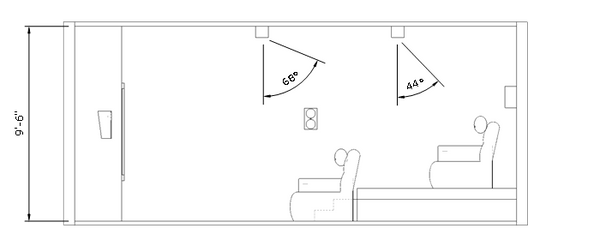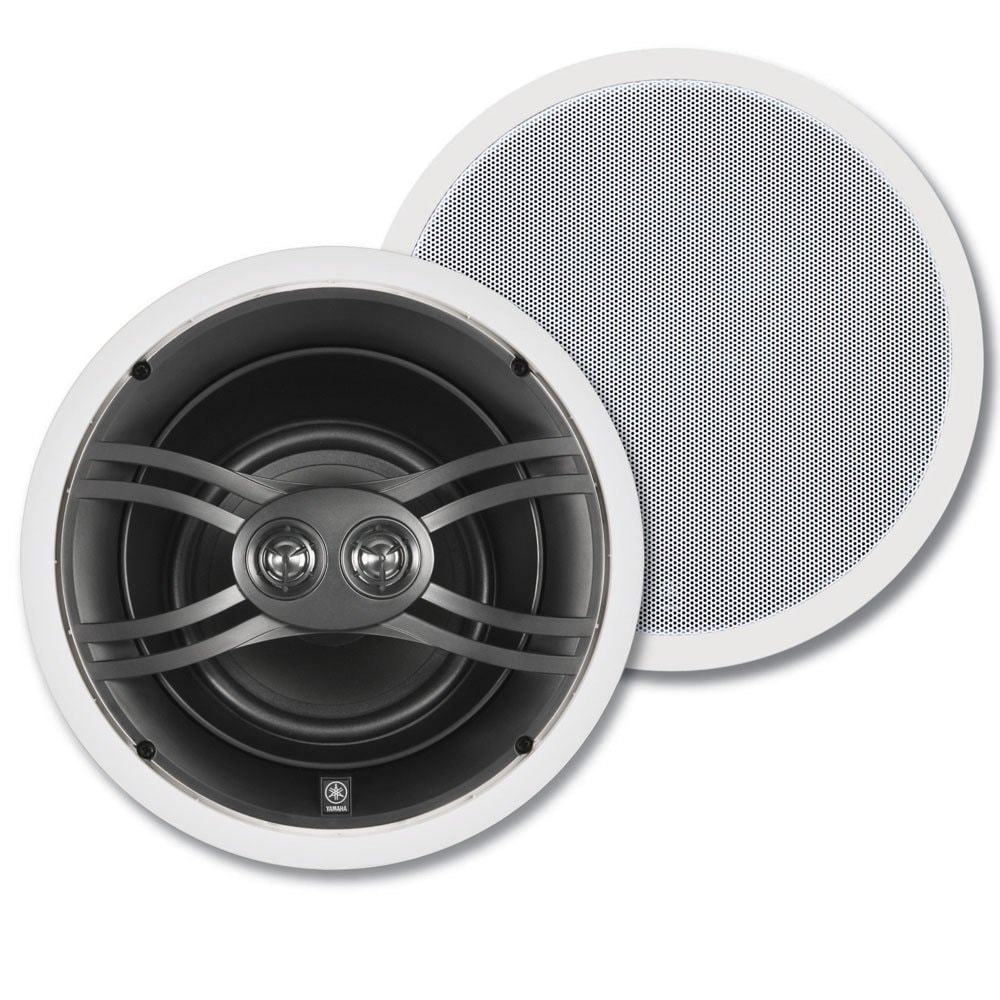FriedChicken
Active Member
- Joined
- Mar 10, 2021
- Messages
- 128
- Likes
- 53
Losing my mind here.
I have a 400 sq. foot home theater (23 ft x 17 ft x 8 ft ceilings).
I currently have a 7.2 setup with RTi10 front towers, RtiA3 surrounds and polk something else rear surrounds (CSi A6 center).
I'm going to have someone put blow-in insulation into the attic, before then I have to take care of *any and all* attic work, present and future.
I've gone deep, and am looking for recommendations in the $500 to $700 for in-ceiling speakers. My main concern has to do with the dispersion pattern, opening up the pandora's box of downfiring vs directional speakers.
Dolby has this to say:
source
45° dispersion seems relatively low, but published numbers are difficult to find.
Regarding Timbre Matching, I found these options:
The 90-RT are $300 each
The v80 are also $300 each.
The Klipsch CDT-5800-C II were $400 each and are now $150 each. Go figure
Please help, I just closed about 30 browser windows of speakers. I will build a backbox for whatever speaker I decide to get.
I have a 400 sq. foot home theater (23 ft x 17 ft x 8 ft ceilings).
I currently have a 7.2 setup with RTi10 front towers, RtiA3 surrounds and polk something else rear surrounds (CSi A6 center).
I'm going to have someone put blow-in insulation into the attic, before then I have to take care of *any and all* attic work, present and future.
I've gone deep, and am looking for recommendations in the $500 to $700 for in-ceiling speakers. My main concern has to do with the dispersion pattern, opening up the pandora's box of downfiring vs directional speakers.
Dolby has this to say:
Dolby said:Characteristics
Dolby Atmos audio is mixed using discrete, full-range audio objects that may move
around anywhere in three-dimensional space. With this in mind, overhead speakers
should complement the frequency response, output, and power-handling capabilities
of the listener-level speakers. Choose overhead speakers that are timbre matched as
closely as possible to the primary listener-level speakers. Overhead speakers with a
wide dispersion pattern are desirable for use in a Dolby Atmos system. This will
ensure the closest replication of the cinematic environment, where overhead
speakers are placed high above the listeners.
Mounting considerations
If the chosen overhead speakers have a wide dispersion pattern (approximately 45
degrees from the acoustical reference axis over the audio band from 100 Hz to 10
kHz or wider), then speakers may be mounted facing directly downward. For
speakers with narrower dispersion patterns, those with aimable or angled elements
should be angled toward the primary listening position.
source
45° dispersion seems relatively low, but published numbers are difficult to find.
Regarding Timbre Matching, I found these options:
- Polk Audio RC80i
- Polk Audio 90-RT
- Polk Audio V Series V80
The 90-RT are $300 each
The v80 are also $300 each.
The Klipsch CDT-5800-C II were $400 each and are now $150 each. Go figure
Please help, I just closed about 30 browser windows of speakers. I will build a backbox for whatever speaker I decide to get.



